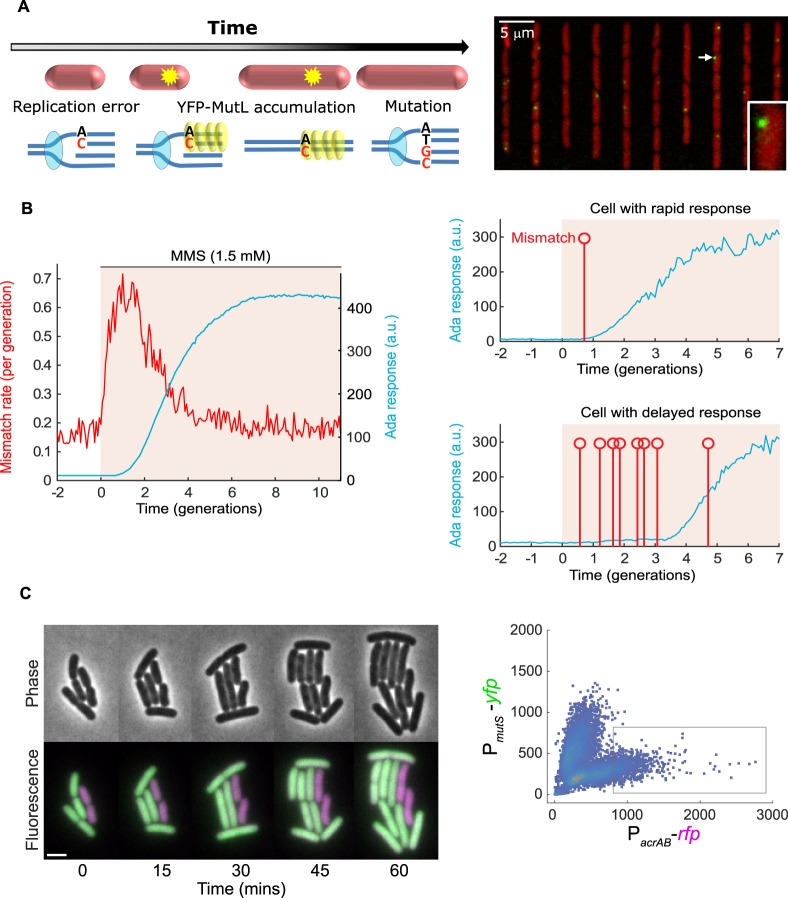Figure 2. Visualising the effects of DNA repair heterogeneity on mutagenesis.
(A) Nascent mutations can be detected in single cells by microscopy. Schematic (left image) and snapshot of E. coli cells in microfluidic channels (right image). Foci of the MMR protein MutL labelled with a YFP fluorescent protein mark nascent DNA replication errors (Reproduced from [17] with permission from AAAS). (B) Monitoring real-time dynamics of mutagenesis in response to DNA alkylation damage treatment (MMS). Left panel: Slow induction of the Ada response (blue line) creates a transient lack of DNA repair capacity in E. coli. This causes a pulse in the frequency of DNA mismatches (red line, measured using a similar approach as in panel A). Right panels: Heterogeneity in the timing of the Ada response dictates the duration of the mutation pulse in single cells. Cells with a delayed Ada response experience more DNA mismatches (red vertical markers) than cells with a rapid response (Adapted from [82] with permission from PNAS). (C) Linking mutagenesis and cellular heterogeneity in antibiotic tolerance. Time-lapse microscopy reveals that expression of the antibiotic efflux pump AcrAB (purple) is associated with a decreased expression of the MMR gene mutS (green) in single E. coli cells (Reproduced from [26] with permission from AAAS).

